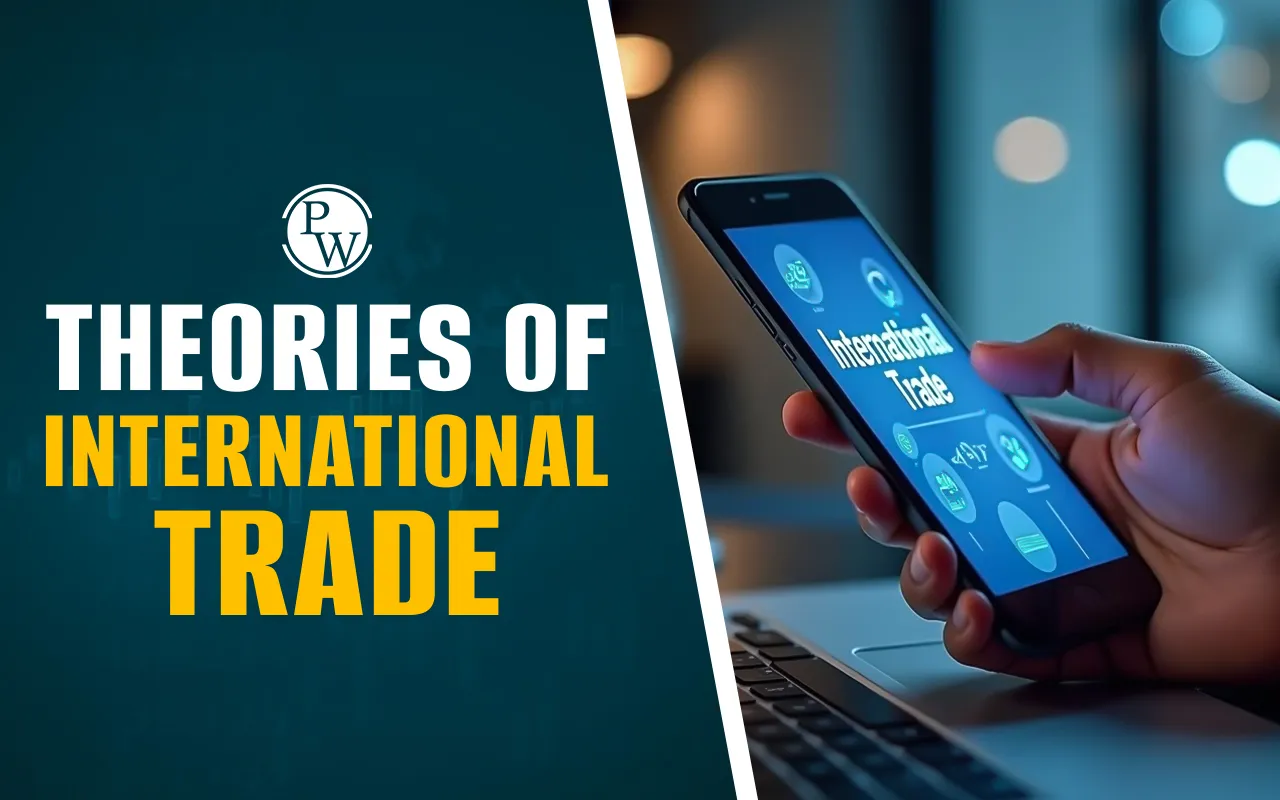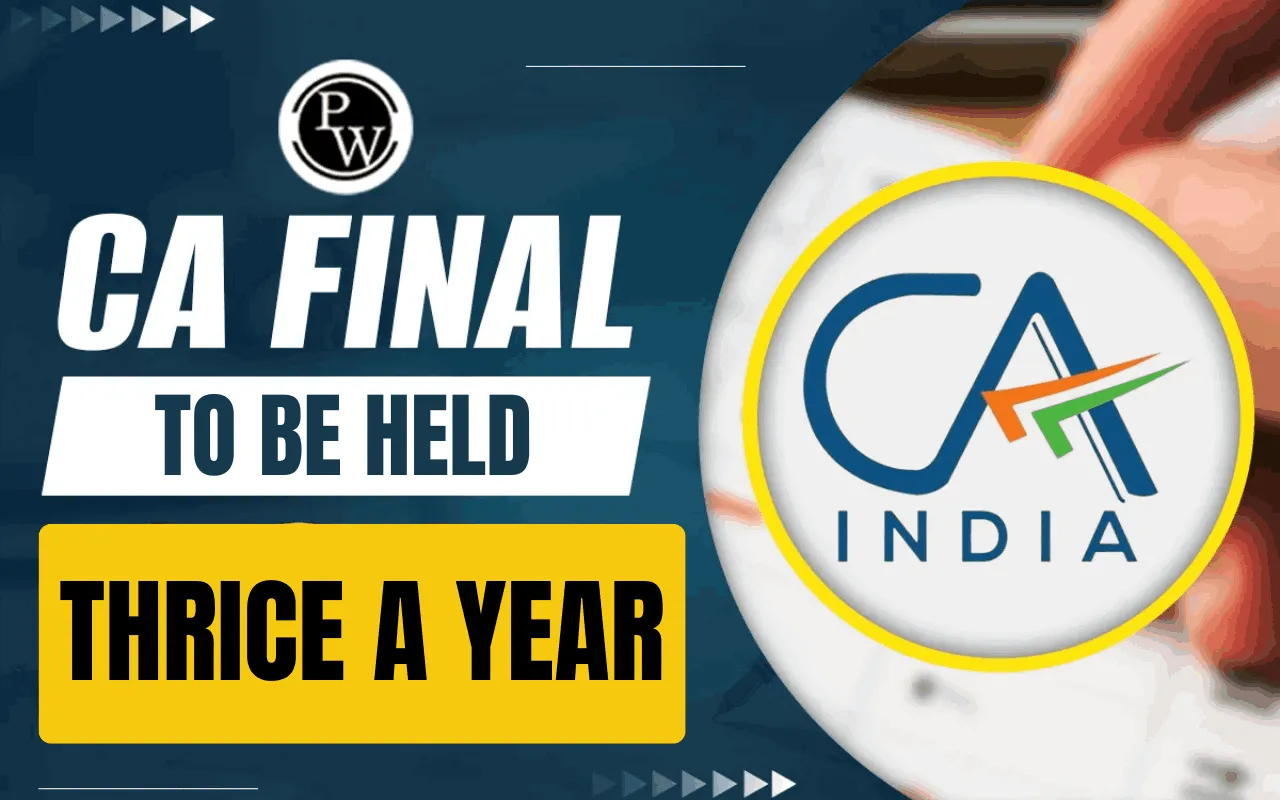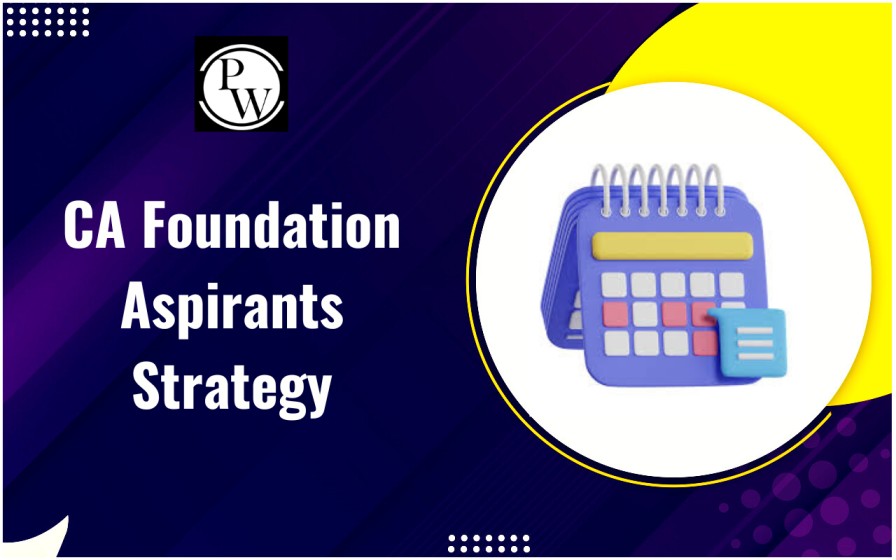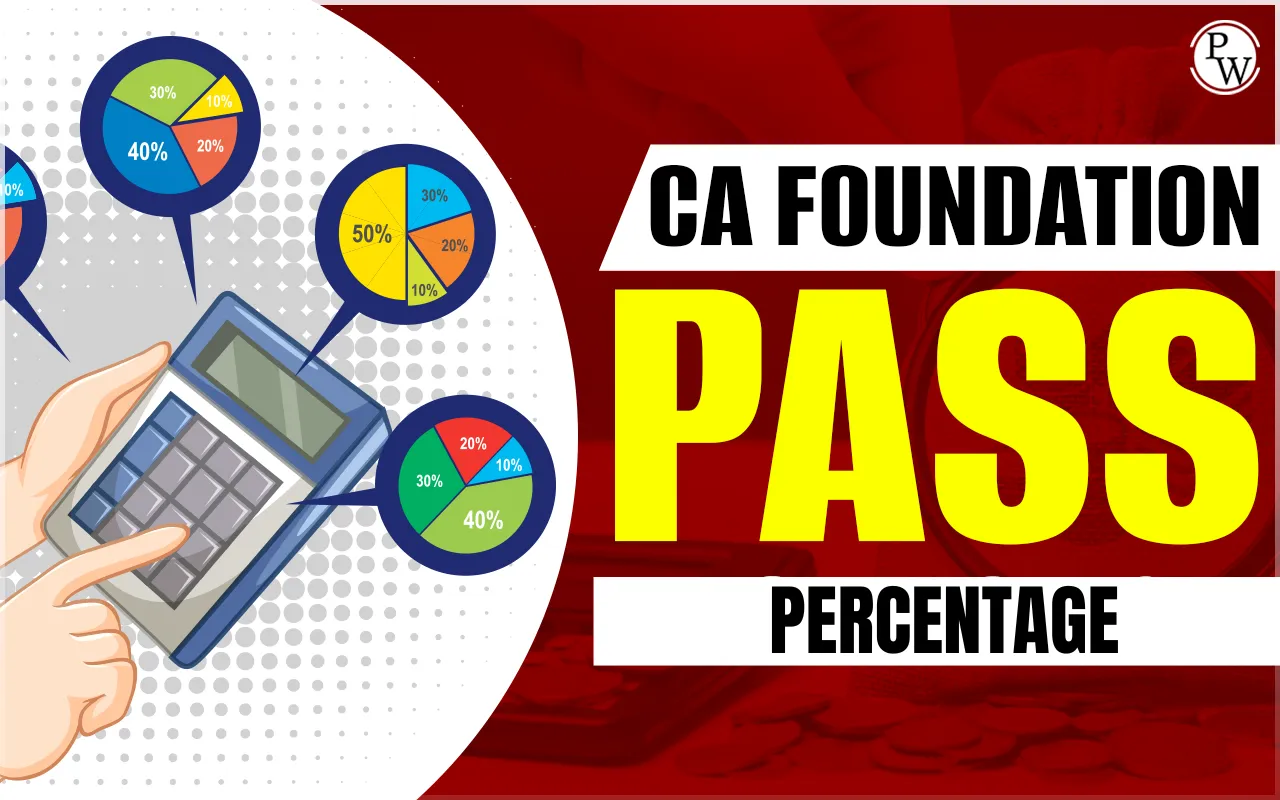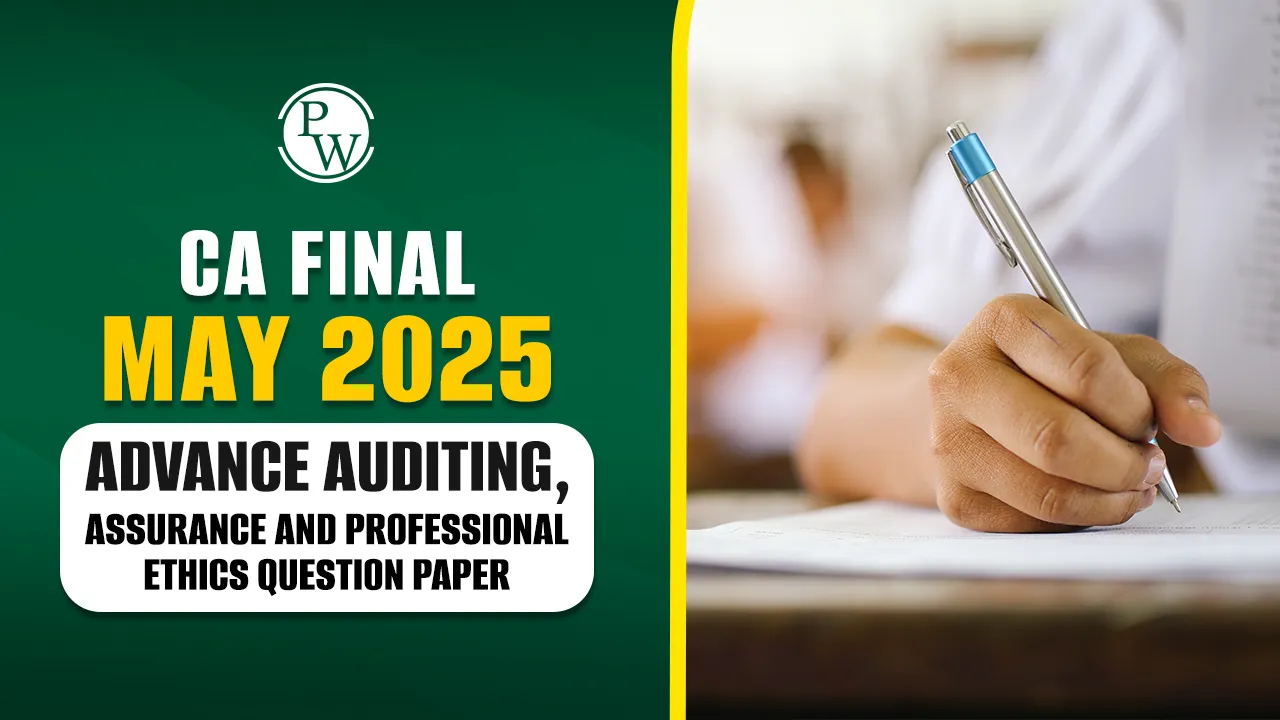
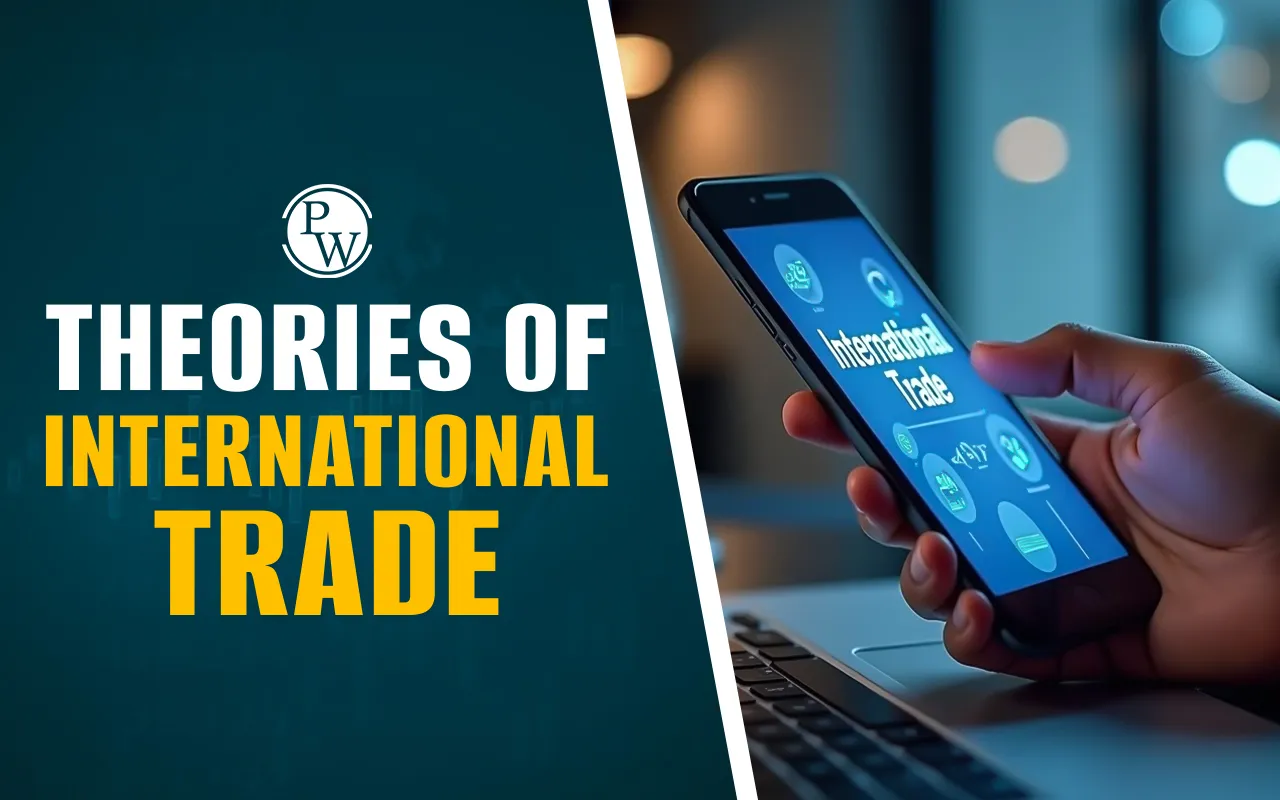
International trade theories, including absolute advantage, comparative advantage, and factor endowments, provide the classical framework for understanding why trade between countries takes place. Modern trade theories offer additional insights into the complexities of global trade in today's interconnected world.
These theories highlight how international trade enables countries to enhance their economic welfare by focusing on their strengths and specializing in what they produce most efficiently. Key theories in international trade include the absolute advantage theory, comparative advantage theory, Heckscher-Ohlin theory, and newer trade theories.
The theory of international trade is an important topic often covered in the CA Exams.
What is the Theory of International Trade?
International trade refers to the exchange of goods and services between countries. Countries engage in trade because they possess different resources such as food, energy, or technology, and trade allows them to obtain items they lack or cannot easily produce. Several theories explain why countries trade with each other.
One such theory is Absolute Advantage, which suggests that a country can produce a good more efficiently than others. Another theory, Comparative Advantage, emphasizes that countries should specialize in producing what they do best, even if they aren’t the best at everything.
The Heckscher-Ohlin Theory explains that countries export goods based on their resources, such as land or labor. According to the Product Life Cycle Theory, countries initially create new products and later begin importing them once these products become widespread.
These theories illustrate how trade enables countries to make the most of their resources, maximize efficiency, and obtain goods and services they need. By applying these ideas, countries can enhance their economic welfare and strengthen their trade relationships.
Different Theories of International Trade
International trade happens when countries exchange goods and services to meet each other's needs. Different theories of international trade help us understand why this exchange takes place and how it benefits nations. The following are major theories:
Absolute Advantage
The Absolute Advantage theory suggests that if a country can produce a good more efficiently than others, it should focus on that good and trade it. For example, if a country can grow wheat faster and cheaper than others, it should export wheat and import goods it doesn't produce as efficiently. This kind of trade saves time, reduces costs, and helps countries get the best value from their resources.
Comparative Advantage
Comparative Advantage explains that even if a country is not the best at producing anything, it can still benefit from trade by focusing on what it does relatively better. For instance, if a country is good at producing both wheat and rice, but better at rice, it should specialize in rice and trade for wheat. This allows all countries to enjoy more goods at lower costs. It’s about working smarter, not harder.
Classical Theory of International Trade
The Classical Theory was introduced by economists like Adam Smith and David Ricardo. It builds on the concept of comparative advantage, stating that countries should specialize in producing goods they are most efficient at, and trade for the rest.
This boosts the total output and benefits all trading partners. The theory assumes that free trade increases overall wealth and leads to mutual gains, even if one country is stronger than the other.
Mercantilism Theory of International Trade
The Mercantilism Theory is one of the oldest trade theories. It claims that a country's wealth depends on how much gold and silver it holds. To build wealth, nations should export more and import less. The focus was on accumulating money through trade.
Mercantilists believed the government should control trade policies to protect domestic industries and promote exports. While outdated, this theory laid the groundwork for modern trade policy thinking.
Heckscher-Ohlin Theory of International Trade
This theory says that countries will export products that use their abundant resources. For example, a land-rich country may focus on agriculture, while a country with a large workforce may specialize in labor-intensive goods like textiles.
This approach ensures that countries use their strengths effectively. The theory helps explain global trade patterns based on the natural and human resources a country possesses.
Product Life Cycle Theory of International Trade
The Product Life Cycle Theory explains how trade shifts over a product's life. Initially, a new product is created and manufactured in the country of origin. As it becomes popular, other countries start producing it too. Eventually, the original country may stop making the product and begin importing it instead. This shows how trade evolves as products move from new to mature to outdated stages.
Also Check: Differential and Integral Calculus in Business and Economics
Factor Endowment Theory of International Trade
The Factor Endowment Theory, also known as the Heckscher-Ohlin Theory, was introduced by economists Eli Heckscher and Bertil Ohlin in the early 20th century. This theory explains that a country should specialize in producing and exporting goods that use its abundant and inexpensive resources, and import goods that require resources that are scarce within its borders.
For example, a country rich in fertile land may focus on exporting agricultural products, while a country with a large skilled workforce may specialize in manufacturing or technology-based goods. The theory promotes the efficient use of each country’s natural and human resources to maximize global trade benefits.
However, the theory has certain limitations:
-
It doesn’t account for economies of scale (cost advantages with increased production),
-
Assumes perfect competition, which rarely exists in reality,
-
Ignores the impact of technology and innovation on production and trade.
Despite these drawbacks, the Factor Endowment Theory offers valuable insights into why countries produce and trade specific types of goods.
Haberler Theory of International Trade
Economist Gottfried Haberler, originally from Austria and later a prominent figure in the U.S., made a key improvement to trade theory with his Opportunity Cost Theory. His theory addressed limitations in earlier models like the Labor Theory of Value proposed by Adam Smith and David Ricardo, which assumed labor was the only factor of production.
Haberler argued that focusing only on labor was unrealistic. Instead, he introduced the opportunity cost concept, meaning, the real cost of making a product is what you have to give up to make it. This broader approach takes into account multiple factors of production such as land, labor, and capital, not just labor.
The Opportunity Cost Theory can be applied across all types of goods, whether agricultural, industrial, or service-based, making it more flexible and realistic. It remains a foundational concept in understanding how countries decide what goods to produce and trade, based on what they must sacrifice to do so.
| Also Check: | |
| Theory of Consumer Behaviour | Issue, Forfeiture and Re-Issue of Shares |
| Price Output Determination Under Different Market Forms | Coding and Decoding |
| Retirement of a Partner | Social Accounting |
Theories of International Trade FAQs
What is the main idea behind the Factor Endowment Theory?
How does Haberler's theory differ from classical trade theories?
What is Comparative Advantage in international trade?
Why is international trade important?

